Reference in language
Jono Ryan
Although we are all familiar with the platitude that humans are social creatures, we often overlook just how much attention we pay to other people. When presented with paintings and photographs, our eyes are drawn to the people in them far more than to the surroundings. When walking through an empty landscape, the appearance of another human in the distance will momentarily captivate our attention and we will continue to monitor their presence, particularly as they draw closer. As sociologists have pointed out, when transiting busy public spaces we feign inattention to others, all the while tracking their movements and subtly changing our pace and direction to avoid collisions or to avoid interacting with strangers. Studies of babies’ visual attention suggests that a focus on other humans is hardwired into us.
So it should come as little surprise that research also shows that much of what we talk about includes references to other people, and perhaps also that the linguistic tools for doing so are highly sophisticated. In this blog post, I want to draw attention towards a few of these complexities, with a view to exploring in a later blog post how they play out in second language learning and how they are addressed pedagogically by Chasing Time English.
The first complexity of reference is that there is no strict one-to-one relationship between referring expressions and individuals in the real world. Bizarrely, my former PhD supervisor – Roger Barnard – shared his name with another individual in exactly the same field (English language teaching) and since they both published books, one would occasionally receive a royalty cheque intended for the other. If sharing the same full name can cause occasional confusion, consider that when talking about people we usually drop the surname and so the potential for confusion rises considerably. A while back, my colleague mentioned that (let's call them) John and Michelle had recently become romantically entwined – ‘What about his wife?’ I asked aghast. Wrong John. And so luckily an unfortunate rumour was nipped in the bud. However, it is not only names that people share, but many of the same descriptions, only with many more individuals: ‘my neighbour’, ‘the mechanic’, ‘that English guy’, and the ultimate in widespread applicability ‘he’ and ‘she’.
As these latter examples show, it is not only that lots of people share the same names and descriptions, but also that speakers have to choose which one to use in a contextually appropriate way. As with ‘John’, if we select the wrong referring expression for the context, a miscommunication can arise, occasionally with serious consequences. Interestingly, there are ways in which people can cause offence and take offence based on the social relations suggested by particular referring expressions. For instance, social psychologists have detected ways in which we take into account the relationship between who we are talking about, who we are talking to, and our relationship to both, using this information to weigh up the options among descriptions, kin terms (‘your brother’), names, nicknames, and so on.
Most relevant to language acquisition is the problem of developing a sense for when to use a pronoun, and then doing so correctly in the pressured environment of speaking in a second language. Even in English, which has a relatively simple pronoun system compared to languages like German, speakers still need to consider differences in gender (e.g. she, he, and increasingly they and other alternatives), grammatical role (she, her, hers, herself), and singularity or plurality (her, they). Beyond very basic communication, it's simply not viable to avoid these complexities by sticking to names. For one thing, people can process language much quicker than a speaker can articulate it and so there is pressure to be economical. For another, you can see for yourself by trying the experiment of avoiding pronouns for a day: it doesn't take long before a listener will interpret you to be doing something deliberate and decidedly weird.
But it’s more complicated than that. There is also the question of ensuring that a pronoun (or indeed any referring expression) gets interpreted correctly. I won’t delve into this here, but it is complicated. Consider for example the following (from a book by Andrew Kehler) and see if you can figure out what rule explains the fact that ‘they’ means the city council in a) but the demonstrators in b).
The city council denied the demonstrators the permit because . . .
a) . . . they feared violence.
b) . . . they advocated violence.
Finally, as one more indicator of complexity, we are all implicitly aware that the referring expressions that we choose are not always communicatively neutral or morally equivalent. That is, the choice of one referring expression over another might communicate something other than just who you mean. With that, I will leave to consider the choice of referring to someone as ‘Mr. Aftershave’ or as ‘poor ole Smithy’.
